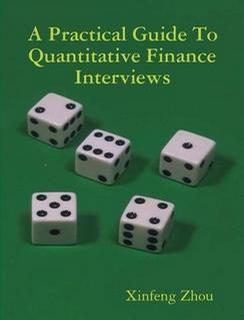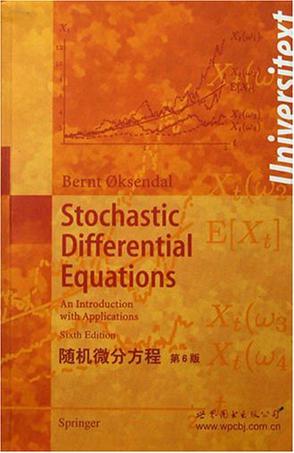-

Arbitrage Theory in Continuous Time
The third edition of this popular introduction to the classical underpinnings of the mathematics behind finance continues to combine sound mathematical principles with economic applications. Concentrating on the probabilistic theory of continuous arbitrage pricing of financial derivatives, including stochastic optimal control theory and Merton's fund separation theory, the book is designed for graduate students and combines necessary mathematical background with a solid economic focus. It includes a solved example for every new technique presented, contains numerous exercises, and suggests further reading in each chapter. In this substantially extended new edition Bjork has added separate and complete chapters on the martingale approach to optimal investment problems, optimal stopping theory with applications to American options, and positive interest models and their connection to potential theory and stochastic discount factors. More advanced areas of study are clearly marked to help students and teachers use the book as it suits their needs. -

Numerical Methods in Finance and Economics
A state-of-the-art introduction to the powerful mathematical and statistical tools used in the field of finance The use of mathematical models and numerical techniques is a practice employed by a growing number of applied mathematicians working on applications in finance. Reflecting this development, Numerical Methods in Finance and Economics: A MATLAB?-Based Introduction, Second Edition bridges the gap between financial theory and computational practice while showing readers how to utilize MATLAB?--the powerful numerical computing environment--for financial applications. The author provides an essential foundation in finance and numerical analysis in addition to background material for students from both engineering and economics perspectives. A wide range of topics is covered, including standard numerical analysis methods, Monte Carlo methods to simulate systems affected by significant uncertainty, and optimization methods to find an optimal set of decisions. Among this book's most outstanding features is the integration of MATLAB?, which helps students and practitioners solve relevant problems in finance, such as portfolio management and derivatives pricing. This tutorial is useful in connecting theory with practice in the application of classical numerical methods and advanced methods, while illustrating underlying algorithmic concepts in concrete terms. Newly featured in the Second Edition: * In-depth treatment of Monte Carlo methods with due attention paid to variance reduction strategies * New appendix on AMPL in order to better illustrate the optimization models in Chapters 11 and 12 * New chapter on binomial and trinomial lattices * Additional treatment of partial differential equations with two space dimensions * Expanded treatment within the chapter on financial theory to provide a more thorough background for engineers not familiar with finance * New coverage of advanced optimization methods and applications later in the text Numerical Methods in Finance and Economics: A MATLAB?-Based Introduction, Second Edition presents basic treatments and more specialized literature, and it also uses algebraic languages, such as AMPL, to connect the pencil-and-paper statement of an optimization model with its solution by a software library. Offering computational practice in both financial engineering and economics fields, this book equips practitioners with the necessary techniques to measure and manage risk. -

A Practical Guide To Quantitative Finance Interviews
This book will prepare you for quantitative finance interviews by helping you zero in on the key concepts that are frequently tested in such interviews. In this book we analyze solutions to more than 200 real interview problems and provide valuable insights into how to ace quantitative interviews. The book covers a variety of topics that you are likely to encounter in quantitative interviews: brain teasers, calculus, linear algebra, probability, stochastic processes and stochastic calculus, finance and programming. -

A Practical Guide To Quantitative Finance Interviews
This book will prepare you for quantitative finance interviews by helping you zero in on the key concepts that are frequently tested in such interviews. In this book we analyze solutions to more than 200 real interview problems and provide valuable insights into how to ace quantitative interviews. The book covers a variety of topics that you are likely to encounter in quantitative interviews: brain teasers, calculus, linear algebra, probability, stochastic processes and stochastic calculus, finance and programming. -

随机微分方程
《随机微分方程》(第6版)是《Universitext》丛书之一,是一部理想的研究生教材,内容做了较大的修改和补充,包括鞅表示论、变分不等式和随机控制等内容,书后附有部分习题解答和提示。随机微分方程在数学以外的许多领域有着广泛的应用,它对数学领域中的许多分支起着有效的联结作用。 -

Stochastic Calculus for Finance I
Developed for the professional Master's program in Computational Finance at Carnegie Mellon, the leading financial engineering program in the U.S. Has been tested in the classroom and revised over a period of several years Exercises conclude every chapter; some of these extend the theory while others are drawn from practical problems in quantitative finance